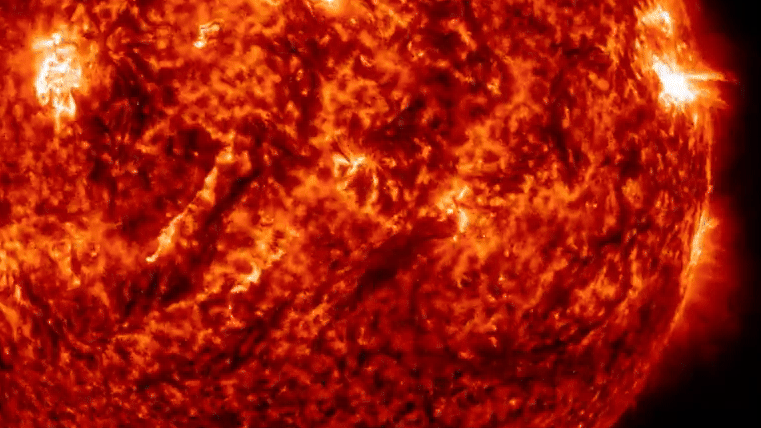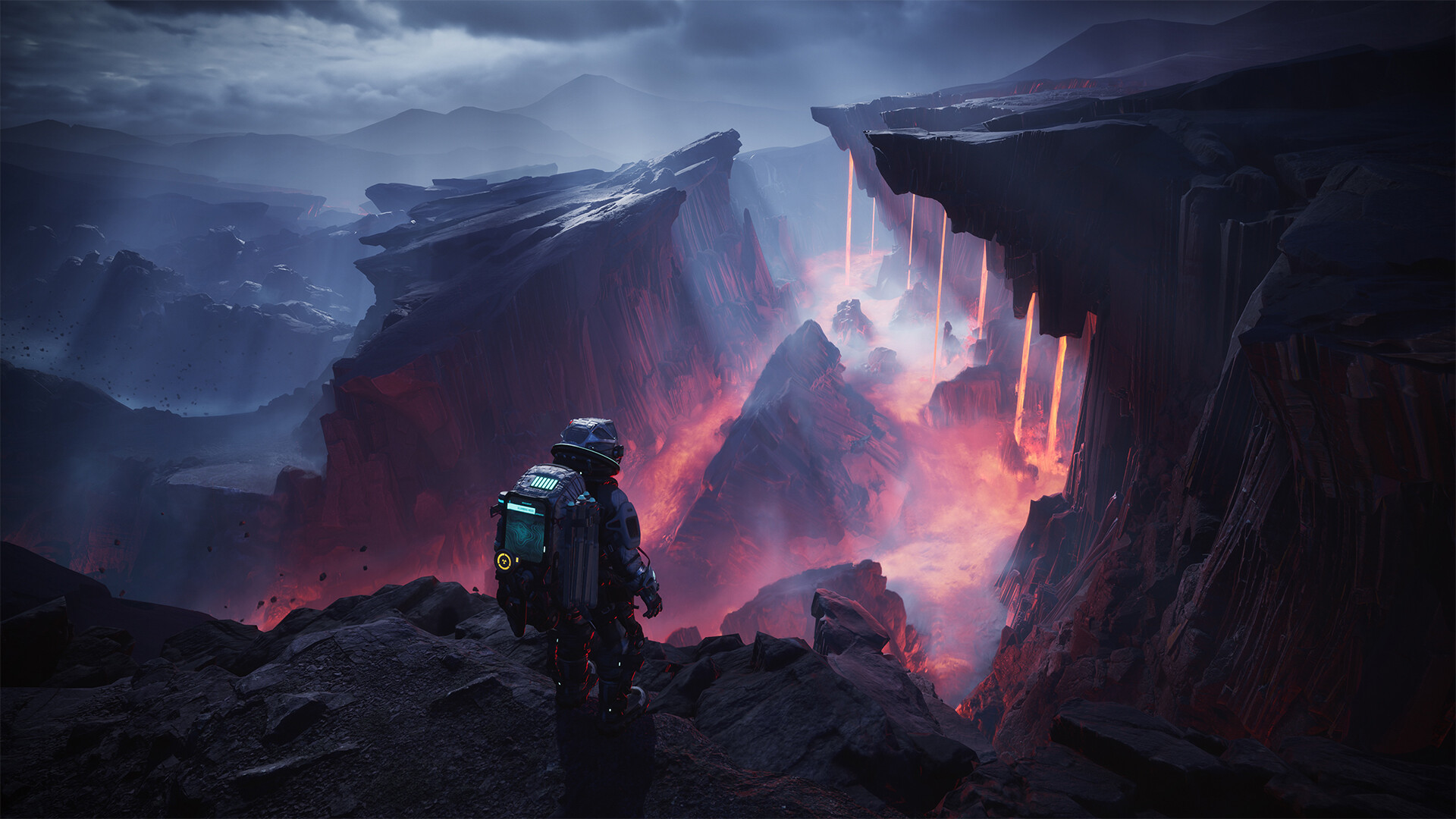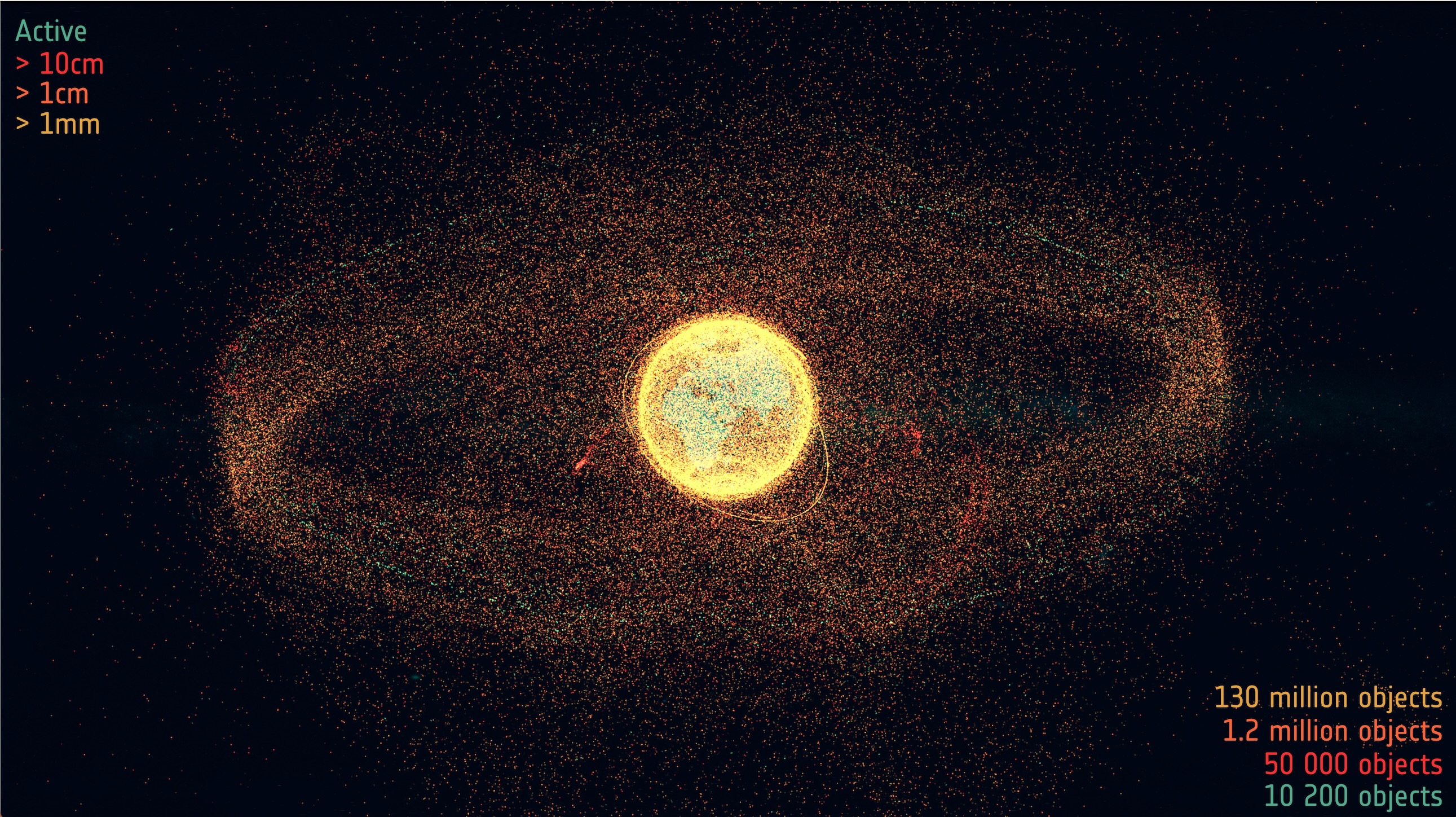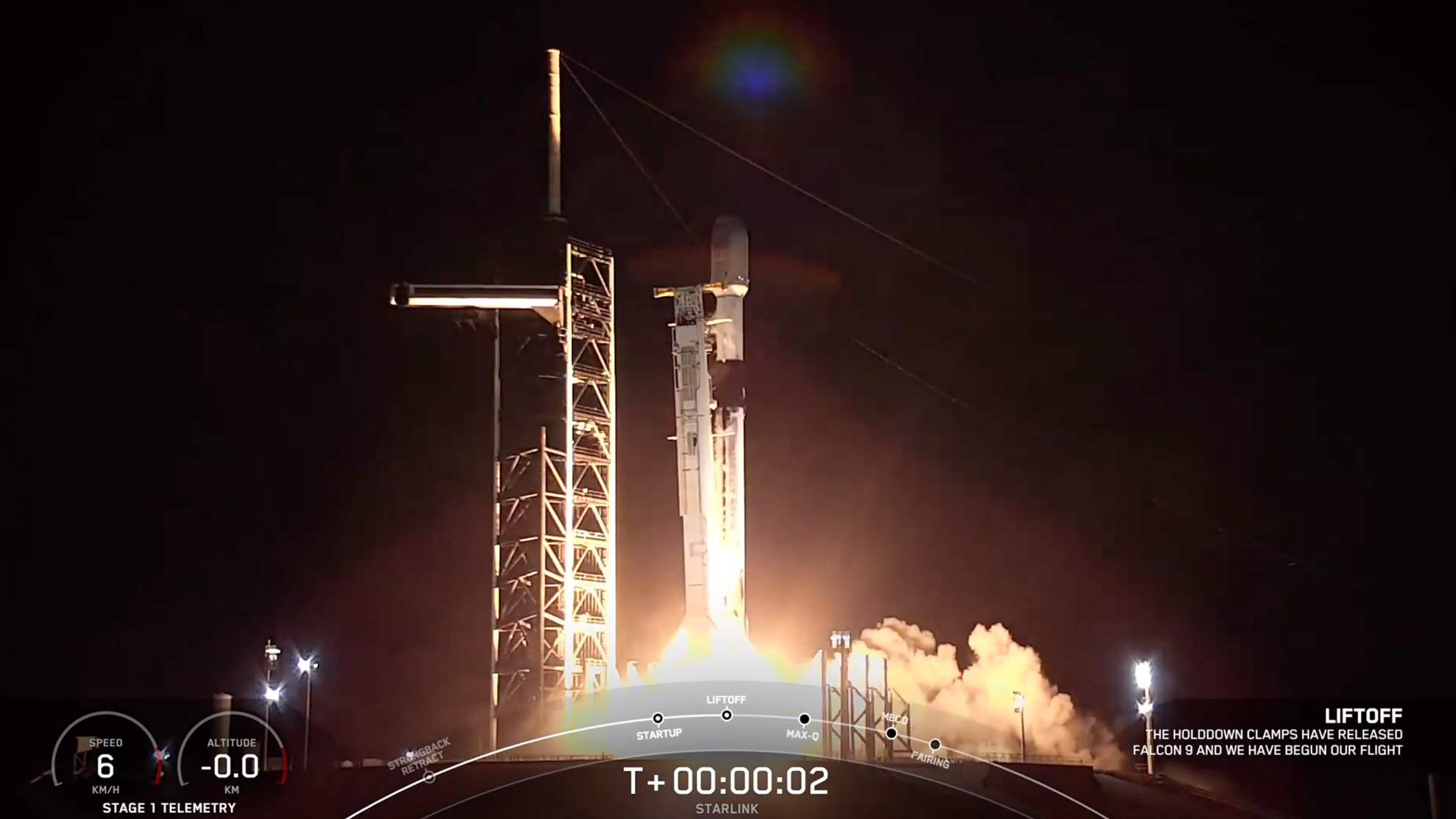White Dwarf's Pull on Red Giant Triggers Thermonuclear Blasts (Video)
A new video shows the explosive reaction when a dense stellar corpse sucks up material from a pulsating dead star.
Thevideo, which uses data from NASA's Chandra X-ray Observatory, shows the give and take (but mostly take) between the dense object, called a white dwarf, and the pulsating red giant star in the far-off R Aquarii (R Aqr for short) system.
The R Aqr system is located 710 light-years from Earth, and it is known as a symbiotic star because, as with symbiotic relationships in organisms here on Earth, the two stars interact. But in the case of R Aqr, it's a completely one-sided relationship; only the white dwarf benefits.
As the new video from the Chandra observatory shows, the white dwarf siphons material from the red giant onto its surface. This happens because white dwarf stars are small and dense, and therefore create a strong gravitational field, and because there's a big temperature difference between the two stars, according to a statement from the Chandra research team. [Earth to Be Consumed By Red Giant Star (In 5 Billion Years)]
Although the white dwarf is about 10,000 times fainter than the red giant, it is much hotter, with a surface temperature of about 20,000 kelvins (35,540 degrees Fahrenheit, or 19,727 degrees Celsius). The red giant, by comparison, has a surface temperature of only about 3,000 kelvins (4,940 degrees F, or 2,727 degrees C).
Eventually, the white dwarf will build up enough material from the red giant on its surface to trigger a thermonuclear fusion of hydrogen, which results in a nova — an explosion that sends the outer layers of the star into space at tens of millions of miles per hour.
Rings around the star offer a history of previous such explosions. Scientists believe an outer ring was formed in 1073 and that an inner ring is the result of an explosion in the 1770s, Chandra representatives said in the statement.
Get the Space.com Newsletter
Breaking space news, the latest updates on rocket launches, skywatching events and more!
Astronomers have been using the Chandra observatory to study this system since soon after the telescope first launched in 1999, and observations show that jets of X-ray emissions are moving away from R Aqr at 1.4 to 1.9 million mph (2.25 to 3.06 million km/h). These explosions are slower than those in 1073 and the 1770s that created the rings, and scientists from the Harvard-Smithsonian Center for Astrophysics (CfA) estimate that these "blobs of X-ray emission" are from eruptions in the 1950s and 1980s that were much less energetic than the nova in 1073, according to the Chandra statement.
After scientists detected a new jet of X-rays, researchers from the CfA theorized in 2007 that there had been another explosion in the 2000s.. Assuming that these less energetic explosions happen every few decades, then the star system is due to shed its outer layers again within the next ten years, according to the statement.
Scientists don't expect another eruption as powerful as the novas that created the rings to occur until the 2470s.
Learn more about if from the Chandra Team:
Follow Kasandra Brabaw on Twitter @KassieBrabaw. Follow us @Spacedotcom, Facebook and Google+. Original article on Space.com.
Join our Space Forums to keep talking space on the latest missions, night sky and more! And if you have a news tip, correction or comment, let us know at: community@space.com.

Kasandra Brabaw is a freelance science writer who covers space, health, and psychology. She's been writing for Space.com since 2014, covering NASA events, sci-fi entertainment, and space news. In addition to Space.com, Kasandra has written for Prevention, Women's Health, SELF, and other health publications. She has also worked with academics to edit books written for popular audiences.









